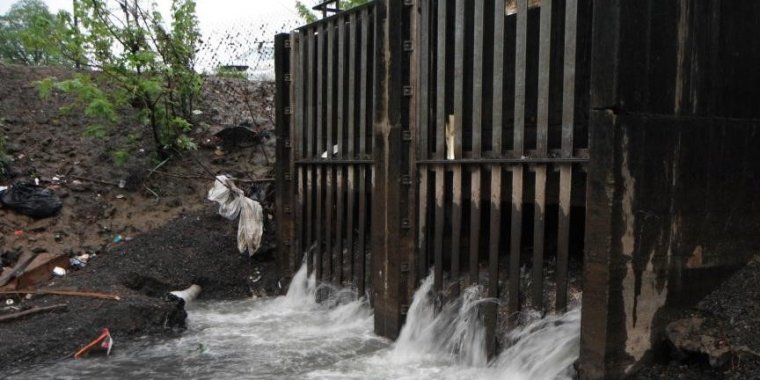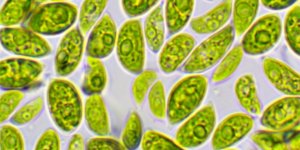| News / Science News |
Harmful microbes found on sewer pipe walls
Can antibiotic-resistant bacteria escape from sewers into waterways and cause disease outbreaks?

A new study could lead to better disinfection methods of sewer pipes. Photo: USEPA
To answer this question, scientists at Rutgers University built a simulated sewer to examine the microbe-laden biofilms that cling to sewer walls.
The researchers found that biofilms often contain antibiotic-resistant bacteria and can withstand standard treatment used to disinfect sewers. Cleaning with bleach can reduce the density of the biofilms but not entirely remove them, potentially leaving wastewater treatment workers and the public exposed to health risks.
Still, disinfecting a sewer line may be a good idea before sewer maintenance is done, especially following events such as a disease outbreak or bioterrorism incident that might expose sewer lines to high-risk microbes.
Normally, what's flushed down a toilet goes to a wastewater treatment plant. But rainfall can cause overflows of untreated waste into bays, rivers, streams and other waterways.
The researchers say a potential worst-case scenario would be an infectious disease outbreak following a sewer overflow that releases wastewater, sewer solids and biofilms to surface water.
"Given the current interest in wastewater-based epidemiology, our study highlights the need to consider sewer processes and how best to combat pathogens," said senior author Nicole Fahrenfeld.
The researchers found that sewer pipe materials -- concrete or polyvinyl chloride plastic (PVC) -- did not affect the formation of biofilms but played a role in the effectiveness of bleach to disinfect them. Bleach is better at removing biofilms from PVC than from concrete, likely because PVC is smoother. (National Science Foundation)
YOU MAY ALSO LIKE





